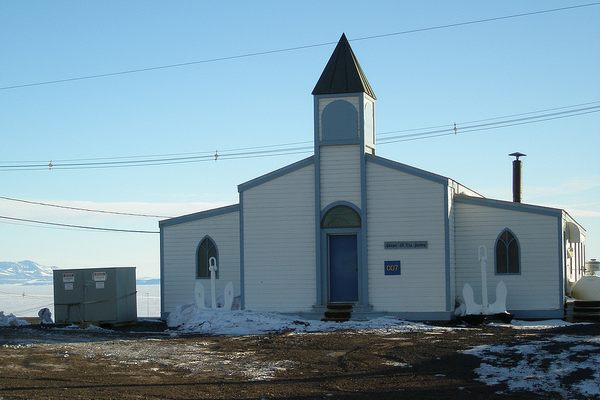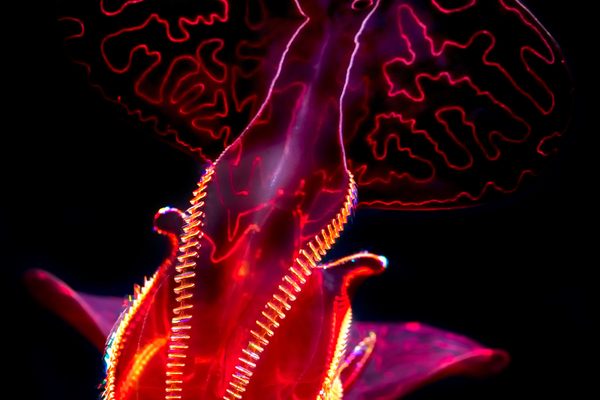Volcano Sponge of McMurdo Sound
These giant volcano sponges in Antarctica are thought to be the world's oldest living animal, at 15,000 years old.
The quest to delay aging and look younger is as old as civilization itself. Who better to get some tips from than the oldest living animal: the volcano sponge Anoxycalyx joubini, found off the McMurdo shelf in Antarctica, thought to be nearly 15,000 years old. The sponge’s secret? Living in extremely cold conditions deep under the ocean.
This type of volcano sponge is one of the largest and can be up to 6.5 feet in height and 4.5 feet in diameter. It is also one of the most difficult to study and understand, given that it can be found at a depth of anywhere between 49 and 472 feet. A lot of what is known about this organism is based on early studies conducted in the McMurdo Sound region. It was named after Louis Joubin, a professor at France’s National Museum of Natural History in Paris.
The pear-shaped sponge is usually white or pale-yellow and its interiors are often home to a number of smaller creatures like amphipods, isopods, and polychaete worms. Research has found that the sponges grow at a minuscule rate, which is nearly unobservable. The extremity of the cold habitat slows down all biological processes, leading to increased longevity.
Anoxycalyx Joubini didn’t survive nearly 15000 years without some attacks from predators, the most of common of which is the seastar Acodontaster conspicuus, which accumulate in bunches on the sponge and slowly kill it. The sponge and its characteristics are studied with the help of a SCINI ROV—a Submersible Capable of under Ice Navigation and Imaging Remotely Operated Vehicle.
Know Before You Go
The coordinates listed lead to the McMurdo research station, where studies of the sponge and other underwater fauna are carried out. The sponges themselves are located all across McMurdo Sound.

















Follow us on Twitter to get the latest on the world's hidden wonders.
Like us on Facebook to get the latest on the world's hidden wonders.
Follow us on Twitter Like us on Facebook